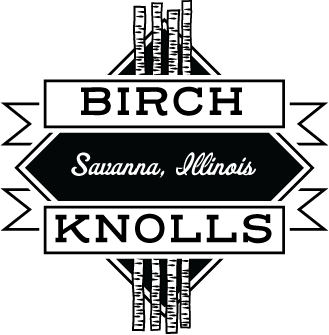Ending and Beginning
When it was built, it must have felt like luxury. On the ground floor, oats and corn could be stored conveniently. In the basement, water was pumped into tanks for livestock and to use as a springhouse. Before power lines were run in rural areas, cool water from springs or pumped from a well was used to store milk, cream, butter and other perishables. On the north side there was a small room built above one of the water tanks. Its roof was covered with soil and we would plant early spring vegetables, radishes and lettuce, in that protected spot. The use of that space was lost to time and memory. In the demolition, it proved to be reinforced concrete and to have had hinges for a long-gone door. Our guess is that it was an animal-proof root-cellar and maybe a storm shelter because the original house had no basement.
 | ||||
|

It felt like the removal of a tooth. A sad day, but a relief. Once it was an essential part of the farm, but has become a nuisance at best and dangerous at worst.
My grandfather, Julius Rath, was thrilled with the advent of electrification. In the early 1940's he happily granted easements for the power lines to be built. And so the springhouse aspect of the granary passed into memory as well as the Delco Electric Light Plant, the icebox and kerosene lanterns. But the cool basement for livestock and the grain storage of the granary continued until mid 1980's when my father retired from active farming.
Rain and wind slowly pushed and pulled at its foundations until collapse was imminent. And, sad as it is, removing the granary has been on our to-do list since we started renovating the farm. We are salvaging some of the tin, rafters and wood siding. But the unsalvageable will be going up in smoke like a prayer in gratitude for the past and in hope for the future.
My brave husband, Mark Thoele, pulled it down with the Case bulldozer. The granary unfolded like a letter with the last wall flapping down ten feet from the dozer. Thank goodness for a long cable!




